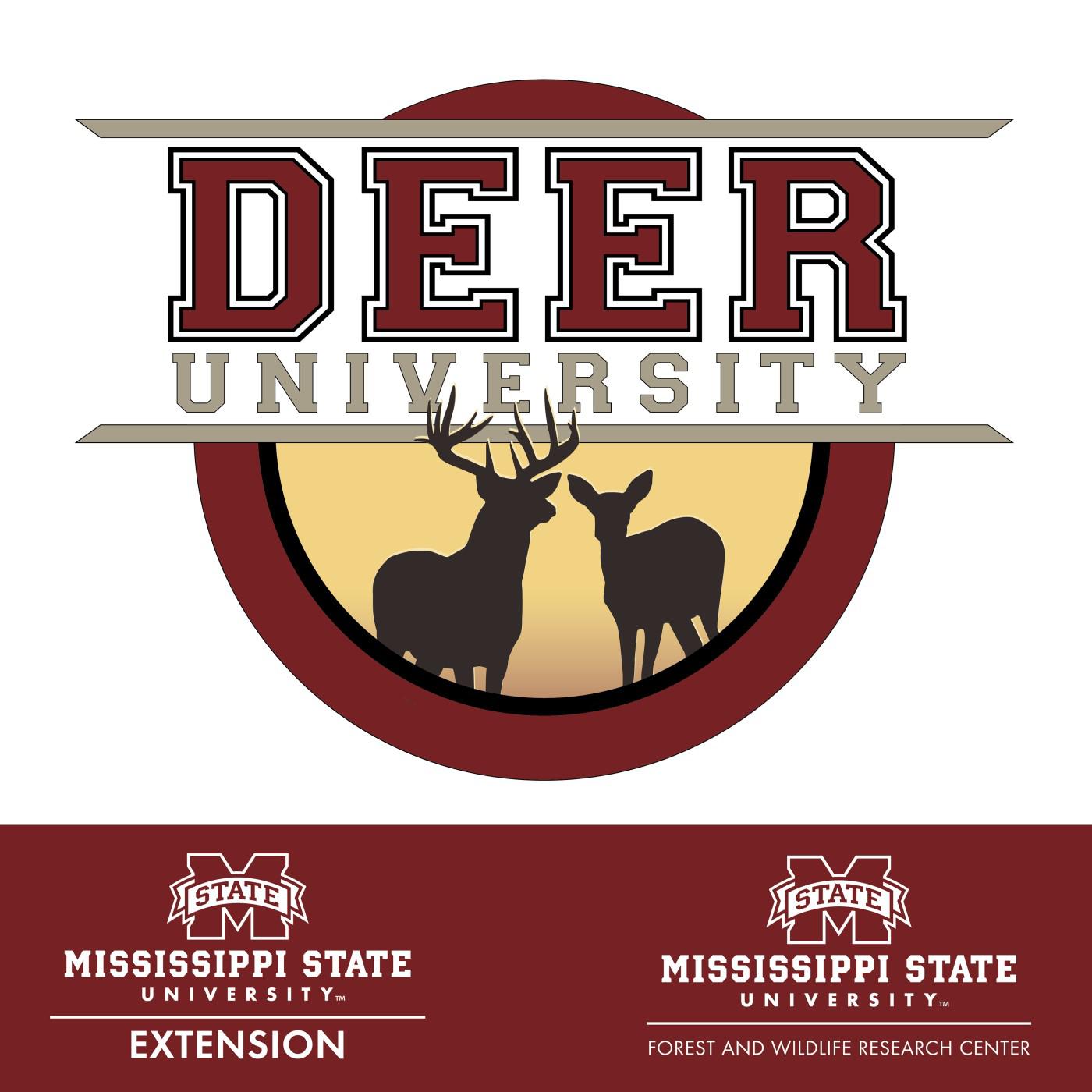Description
Culling to improve genetics is likely one of the most hotly debated topics among deer hunters. How often have you heard "that spike buck is genetically inferior." Or, "I culled that buck to get him out of the gene pool"? Heck, you may have even said this yourself! In this episode we listen to deer biologist Donnie Draeger of the Comanche Ranch in South Texas as he describes the results from a landmark, 13-year study, designed to answer this question once and for all – to determine if culling can be used to "improve" genetics and increase the average antler size of bucks.
After 7 years of removing bucks with below average antler size (i.e., culling) the average antler size per age class did not improve. In fact, in the area where culling was most intense, where culling began with the yearling age class, the buck population began to crash. Most people would think this level of culling, which allowed only the large-antlered bucks to live and breed, would result in production of super bucks! Instead, the effects of the environment (late birth, rainfall, etc.) suppress the expression of genetics, making culling decisions inaccurate and ultimately ineffective. Donnie will describe a negative feedback loop in buck antler size as an example of the law of unintended consequences relative to culling.
Here's the bottom line – for a number of reasons discussed in the interview a hunter can't determine the genetic quality of bucks in a free-ranging management scenario. Additionally, hunters can't determine the genetic quality of does. Combine that with the effects of a variable environment that will limit genetic expression, and buck dispersal to and from your property, and you have a recipe for culling process that only lowers the buck population. Lowering the deer and buck population may be needed on your property because food is limited, so harvesting lower-quality bucks may be an appropriate strategy relative to this objective. But harvesting smaller-antlered bucks with hopes of increasing antler size in subsequent generations is absolute folly. Thanks to Donnie and his colleagues for this incredible study and answering this culling question once and for all.
